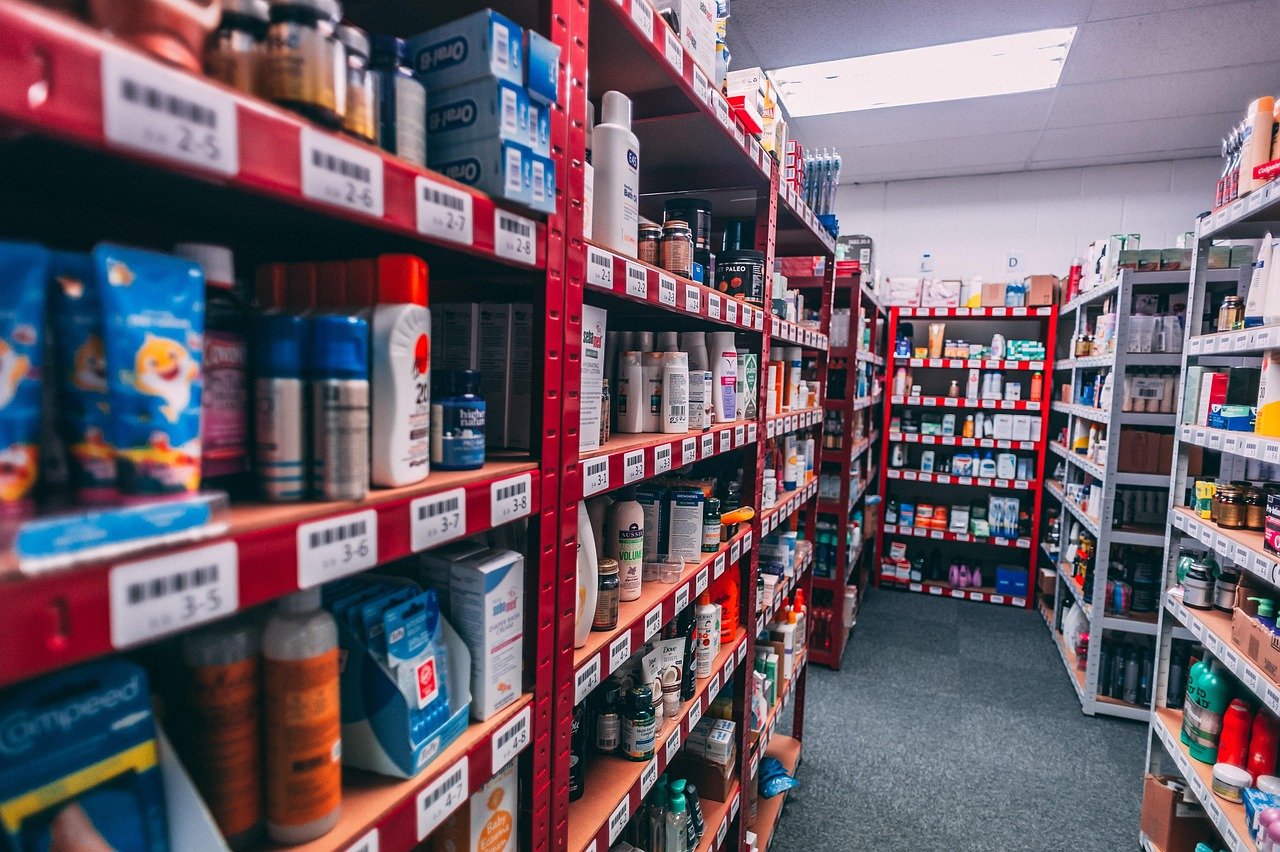Imagine your customer walks into your store (physical or online) looking for a specific product. They’ve already decided they need something. Upselling is the art of guiding them towards a better something – a higher-value product that provides more benefits and a superior experience. When done right, upselling is a win-win: customers get enhanced value, and your business increases revenue and customer loyalty. This guide explores the nuances of upselling, offering actionable strategies to implement it effectively.
What is Upselling?
Definition and Core Principles
Upselling is a sales technique that involves persuading customers to purchase a more expensive or upgraded version of the item they originally intended to buy. It’s not about tricking customers into buying something they don’t need. Instead, it’s about showcasing the added value and benefits of a premium product that better suits their needs.
Key principles of effective upselling:
- Relevance: The upsell must be directly related to the customer’s original purchase and solve a relevant need.
- Value Proposition: Clearly communicate the added benefits and value the customer will receive by upgrading.
- Timing: Present the upsell at the right time, usually after the customer has committed to the initial purchase but before finalizing the transaction.
- Customer Focus: Prioritize the customer’s needs and satisfaction over pushing for a sale. A pushy approach damages trust.
- Transparency: Be honest and upfront about the features, benefits, and price difference of the upsell.
Distinguishing Upselling from Cross-selling
While often used interchangeably, upselling and cross-selling are distinct strategies:
- Upselling: Involves offering a higher-end version of the same product. For example, suggesting a customer buy a laptop with more RAM and storage when they were initially considering a basic model.
- Cross-selling: Involves offering complementary products or services that enhance the original purchase. For example, suggesting a laptop bag, mouse, or extended warranty when a customer buys a laptop.
Both techniques aim to increase the average order value, but they do so in different ways. Understanding the difference is crucial for tailoring your sales approach.
Benefits of a Successful Upselling Strategy
Increased Revenue and Profit Margins
The most obvious benefit of upselling is the potential for increased revenue. Selling a higher-priced item directly translates to a larger profit margin on each sale.
- According to research, upselling is 20 times more effective than cross-selling. (Source needed, research this!)
Enhanced Customer Satisfaction
Believe it or not, a well-executed upsell can actually increase customer satisfaction. By offering a product that better meets their needs or provides additional features they didn’t initially consider, you’re essentially solving a problem they might not have even known they had.
- Example: A customer buys a basic accounting software package. An upsell to the “Pro” version with invoicing features saves them time and money on a separate invoicing solution, increasing their satisfaction.
Improved Customer Lifetime Value
Happy customers are loyal customers. By providing value through upselling, you can build stronger relationships with your customers and increase their likelihood of making future purchases. This leads to a higher customer lifetime value (CLTV).
- Example: A customer who initially purchased a basic streaming service plan is successfully upsold to a premium plan with 4K streaming and ad-free viewing. They are now much more likely to renew their subscription and remain a loyal customer for a longer period.
Valuable Customer Insights
Analyzing which upsells are successful and which are not can provide valuable insights into your customer’s needs and preferences. This data can be used to refine your product offerings, personalize marketing campaigns, and improve the overall customer experience.
Strategies for Effective Upselling
Understanding Your Customer
Before attempting to upsell, it’s crucial to understand your customer’s needs, pain points, and budget. This requires:
- Analyzing Purchase History: What have they bought in the past? What upgrades or add-ons have they previously purchased?
- Gathering Demographic Data: Age, location, income, etc., can provide insights into their spending habits and preferences.
- Collecting Feedback: Use surveys, reviews, and social media to understand their experiences with your products and services.
- Asking Questions: Engage in conversation with customers to understand their specific needs and goals.
Identifying Relevant Upsell Opportunities
Once you understand your customer, you can identify relevant upsell opportunities. Look for products or services that:
- Solve a specific problem or address a need that the customer has.
- Offer features or benefits that enhance the original purchase.
- Are within the customer’s budget and perceived value.
- Example: If a customer is buying running shoes, an upsell opportunity could be suggesting higher-end running shoes with better cushioning and support for long-distance runs.
Presenting the Upsell Effectively
The way you present the upsell is just as important as identifying the right opportunity.
- Highlight the Value: Clearly communicate the added benefits of the upsell, focusing on how it will improve the customer’s experience. Use comparative language: “This model offers [benefit] which the basic model doesn’t.”
- Use Social Proof: Showcase positive reviews and testimonials from other customers who have upgraded.
- Offer a Limited-Time Discount: Create a sense of urgency by offering a special discount on the upsell for a limited time. “Upgrade today and save 15%!”
- Make it Easy to Upgrade: Simplify the upgrade process by providing clear instructions and easy-to-use tools. One-click upgrades are ideal.
- Visual Aids: For online businesses, showing a clear comparison chart with the features of the current product versus the upsell is very effective.
- Don’t Be Pushy: Always respect the customer’s decision if they decline the upsell. Pushing too hard can damage the relationship.
Training Your Sales Team
Your sales team plays a crucial role in the success of your upselling strategy. Provide them with the necessary training and resources to:
- Understand the benefits of upselling and how to identify opportunities.
- Effectively communicate the value proposition of premium products.
- Handle objections and address customer concerns.
- Provide excellent customer service.
- Example: Conduct role-playing exercises to help your sales team practice upselling techniques in a realistic setting.
Avoiding Common Upselling Mistakes
Being Too Aggressive
Pressuring customers into buying something they don’t need or want is a surefire way to damage your reputation and lose business. Focus on providing value and respecting their decisions.
Offering Irrelevant Upsells
Upselling unrelated products or services can confuse and frustrate customers. Make sure the upsell is directly related to the original purchase and solves a relevant need.
Not Explaining the Value
Failing to clearly communicate the added benefits of the upsell will make it difficult to convince customers to upgrade. Focus on highlighting the value they will receive.
Ignoring Customer Feedback
Ignoring customer feedback about your upselling strategy can lead to missed opportunities for improvement. Pay attention to what customers are saying and adjust your approach accordingly.
Conclusion
Upselling, when executed ethically and strategically, can be a powerful tool for boosting revenue, enhancing customer satisfaction, and building long-term loyalty. By understanding your customers’ needs, identifying relevant opportunities, and presenting upsells effectively, you can create a win-win situation that benefits both your business and your customers. Remember to prioritize value, transparency, and customer service to ensure a positive and successful upselling experience.



